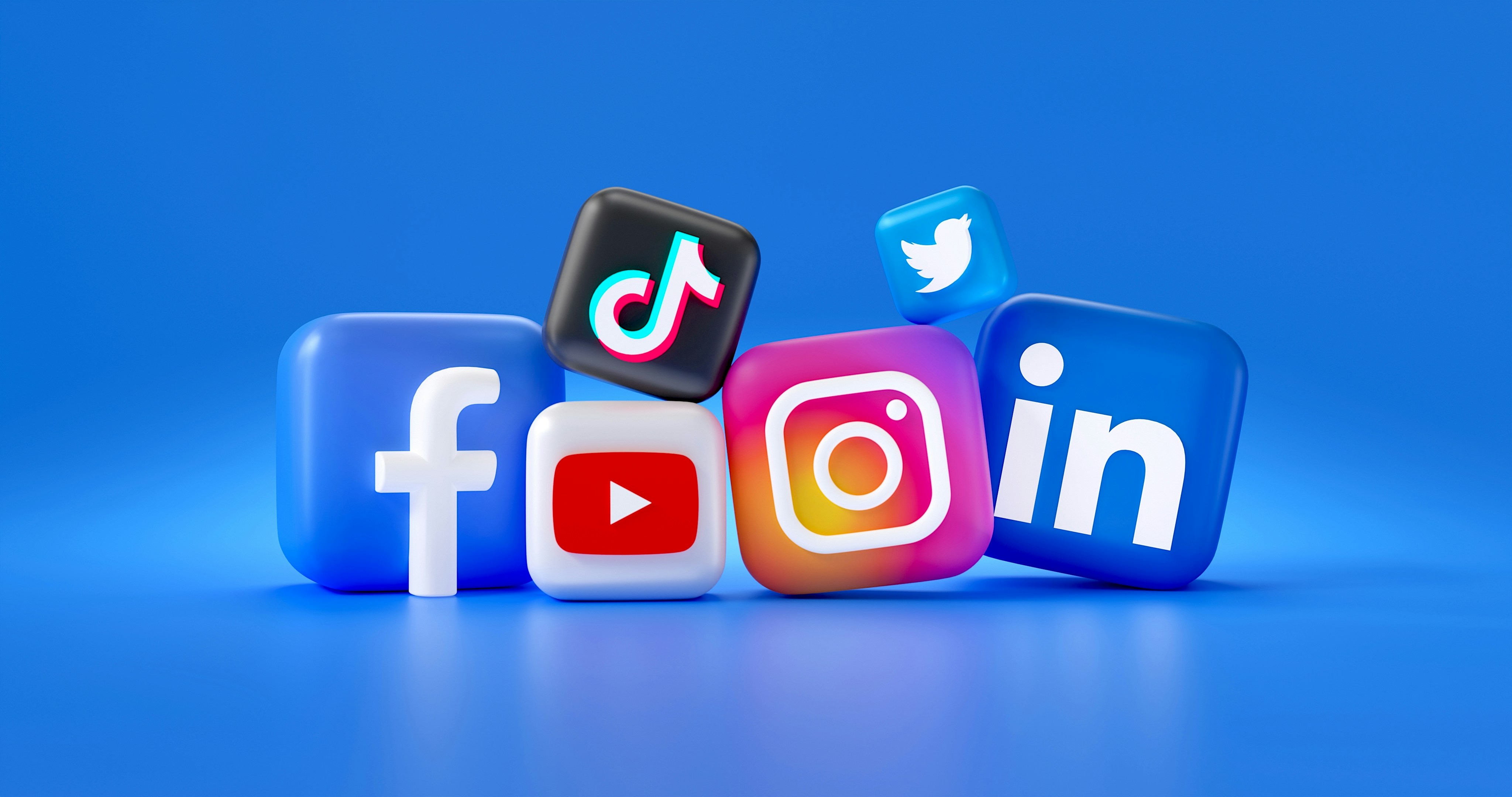Why is it important to diversify your online presence as an artist?
Cast a wider net, protect yourself from platform-based problems, and more by being present online in more than one place.
Content creation can be a full time job in itself, but it’s also an important additional responsibility for most modern day musicians. Getting too comfortable on one online platform can spell disaster. The social media landscape can be surprisingly volatile, so mitigating risk by diversifying your online presence is key if you’re an artist trying to create a community, engage an audience, and promote your work.
You know that there’s going to be a bit about eggs and baskets, so we’ll get it out the way early doors. Putting all your eggs in one basket can be dangerous if that basket then experiences drastic algorithm changes, or even a Supreme Court ordered ban. Social media and digital strategies are vital for growing your presence as a musician or artist, and are necessary in this day and age for developing your career.
Being present on every single social media platform isn’t necessary, but there certainly are benefits to diversifying your online presence. With clever and considered strategy, you can feel these benefits and feel more secure in your online efforts.
Avoid potential disasters
Having a back-up of something always makes a situation less stressful. If your car breaks down but you have a second one, you can still make the big trip you’ve been planning. Being present on numerous social media platforms is kind of the same, except you shouldn’t really have back-up social media profiles stored in the garage – you should be driving each of them around town regularly. Sorry, not the greatest analogy.
You never know what’s around the corner, and a significant algorithm change or unexpected shadow ban could spell disaster for your reach and engagement. That’s why you should be maintaining and cultivating an audience on multiple platforms at once. For instance, if you favour Instagram, it’s sensible to also share content on TikTok, and YouTube Shorts.
Nobody really expected TikTok to be banned in the US, especially creators whose livelihoods depend on the platform. Any creators who hadn’t already built audiences on other platforms are scrambling to move their fans over to a more secure place. This event serves as the perfect reminder of the importance of focusing on more than one platform.
Expand your reach

Reach is a key metric to measure when you’re gauging whether your social media strategy is working. If you’re releasing an album or promoting a tour, you’ll want to know how many people are actually seeing your promotional material, as well as who they are and where they live. A solid way to increase your reach is to post on different platforms and reach varied demographics.
Users of TikTok tend to be younger and interested in exciting but fleeting trends and interactivity, whereas YouTube users are often resonate with educational, informative long-form content and span a larger age range. These different demographics could enjoy similar music, however, so why not try to appeal to each of them?
Utilising various platforms can also ensure that users actually see your content. Just because someone follows you doesn’t guarantee they will see everything you share. The algorithm can be a challenging beast. It’s not unusual for people to follow the same account across various platforms, so sharing content in more than one place increases the likelihood of them seeing it.
Experiment with different content formats
If you get bored doing the same thing over and over again, imagine how the people watching that same thing over and over again feel. Different platforms encourage and promote different formats of content, which means you can play around and try new things without so much worry.
TikTok is where you can use short-form video to hype up a new release, use trends to promote a track for others to use, and quickly post updates. Instagram is where you can curate an image, and YouTube is the place to really let people behind the scenes and get to know you on a deeper level. Whatever sounds good to you, give it a try.
It’s important to remember that what works on one platform may not work on another, so you need to create sustainable strategies across platforms that are tailored to each algorithm.
Increased monetisation opportunities

Not only is social media great for creating an audience and engaging with fans, it’s the perfect opportunity to cultivate additional revenue streams. Being an artist isn’t easy when it comes to the financial side of things. While making money via social media isn’t simple, it is an effective way to direct audiences to places where they can purchase things from you, or support you financially in some way.
Including links in your bios across all platforms is a smart way to generate more income. You can link to a Patreon account, where fans can show support and pay for exclusive content and perks. On TikTok, you could sell merch and physical music formats on your TikTok Shop. Similarly, Instagram offers a shopping experience to users, as well as Instagram subscriptions (similar to Patreon but on-platform).
How to manage cross-platform content
As if being an independent musician isn’t demanding enough, having to handle various social media accounts on top of everything can seem overwhelming. The key is to create a strtaegy that is effective but sustainable – there’s no point doing too much and getting burned out.
Here’s how you can be present on numerous social media platforms while balancing all the other responsibilities of growing a music career.
Repurpose content
Don’t be tempted to fall into the trap of thinking that you need to produce fresh and original content for each platform you post on. That’s a one way ticket to burn out. If you create a video for TikTok, you can also share it as a Reel on Instagram. Just be careful to tweak the caption, design, and aspect ratio (if needed), so that it is tailored to the specific platform. Cross-posting is a proven effective social media marketing strategy.
Content on social media is transient, especially on TikTok where attention spans are short and trends change like the wind. For this reason, you don’t need to try and create unique masterpieces every time, it’s only going to be forgotten a few days – even hours – later.
You can always repost old content that performed well, just slap a “throwback” on it and you’re good to go.

Break content into smaller chunks
A great time saver is to take sections of video content, or even written content, from larger pieces. For instance, if you’ve created a long-form video on YouTube, you can tease it by sharing interesting or exciting sections on Shorts or Reels. You can also create a series of short videos from a longer one. For example, you could share tips on getting gigs as an independent artist and put them on your Instagram Highlights.
Summing up
When building a music career relies so heavily on online engagement and digital strategy, it’s crucial to protect yourself against any avoidable setbacks. Algorithm changes, unexpected legislative impacts, all manner of things can happen that upset your online presence.
By mastering being on multiple platforms and diversifying your online presence, you protect yourself from these risks, while also reaching a more diverse audience, trying your hand at different content styles, and improving your chances at making money. Be careful to find the right balance between content creation, music-making, business and personal time, and avoid burning yourself out. The benefits enjoyed from diversifying your online presence are manifold, and not to be passed up.
